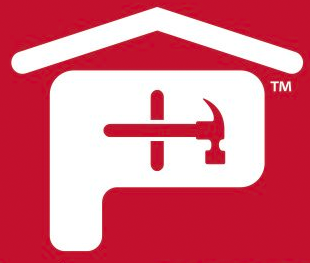Out of sight, out of mind is a phrase that could describe how most homeowners feel about roof underlayment. While it is hard to take notice of a material that is not visible on the finished roof, it should be known that underlayment is a critical part of a complete roof system. The right underlayment for your roof will keep moisture, cold weather and muggy summer air out, giving your roof a longer life.
Minor roof damage and subsequent water penetration are among the most common and costly forms of damage and loss. Underlayment’s main goal is to protect the roof and home should water get underneath the shingles. Properly installed underlayment will continue to provide protection to your home and its contents in the event the primary roof covering fails in a severe storm.
Rain and wind can penetrate even the smallest crevices. With that in mind, the roof needs to have layers of protection to assist in keeping the air and water far away from the deck below. The roof deck provides the support and platform on which the roof materials and underlayment are positioned. The outer roofing materials take the brunt of the wind, rain, and sun, but in between the deck and the roofing materials, the underlayment is the layer that provides the last defense against water and wind penetration.
Underlayment also provides a layer of protection between the shingles and any moisture penetrating from below. Moisture and heat build-up from the attic can impact the lifespan of almost any roof, causing the shingles to weaken and buckle.
Professional roofers know the different forms of roofing underlayment available and how to install it properly, plus they usually warranty their work. However, if there comes a time when you are tempting a do-it-yourself reroof, do not skimp on the underlayment. It will only end up costing you more in the long run.



 Gear!
Gear! PRO LOGIN
PRO LOGIN